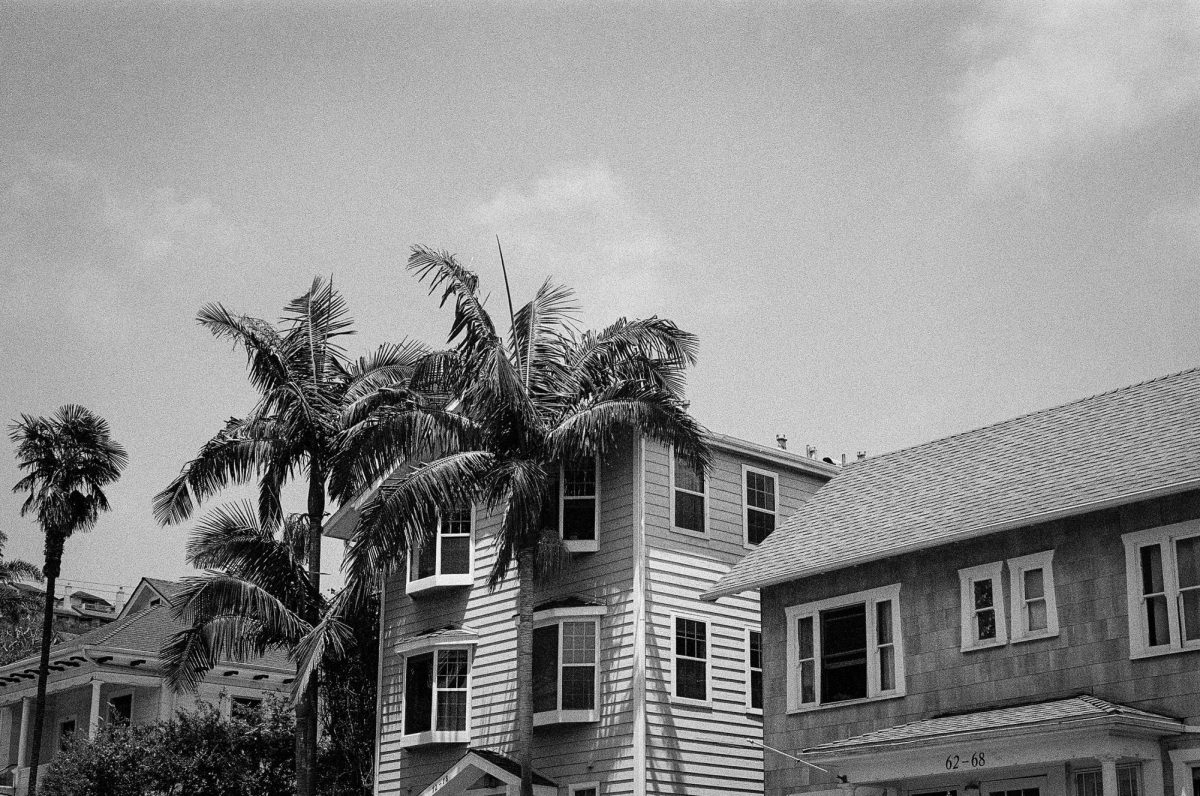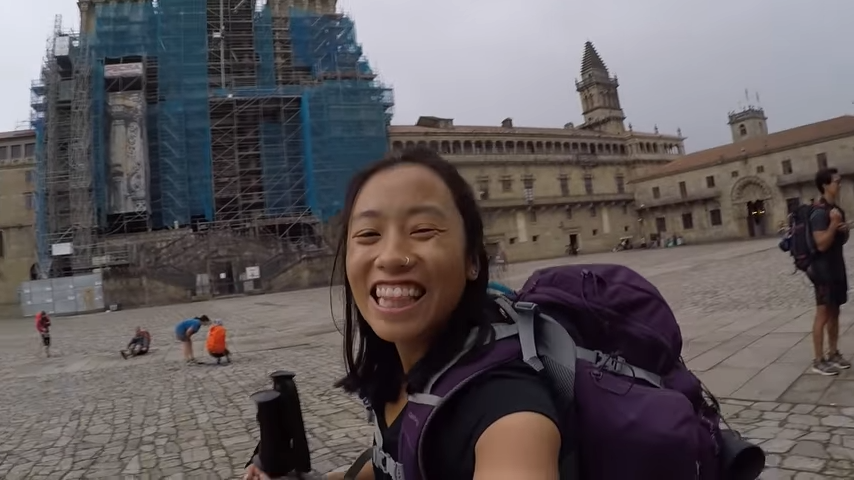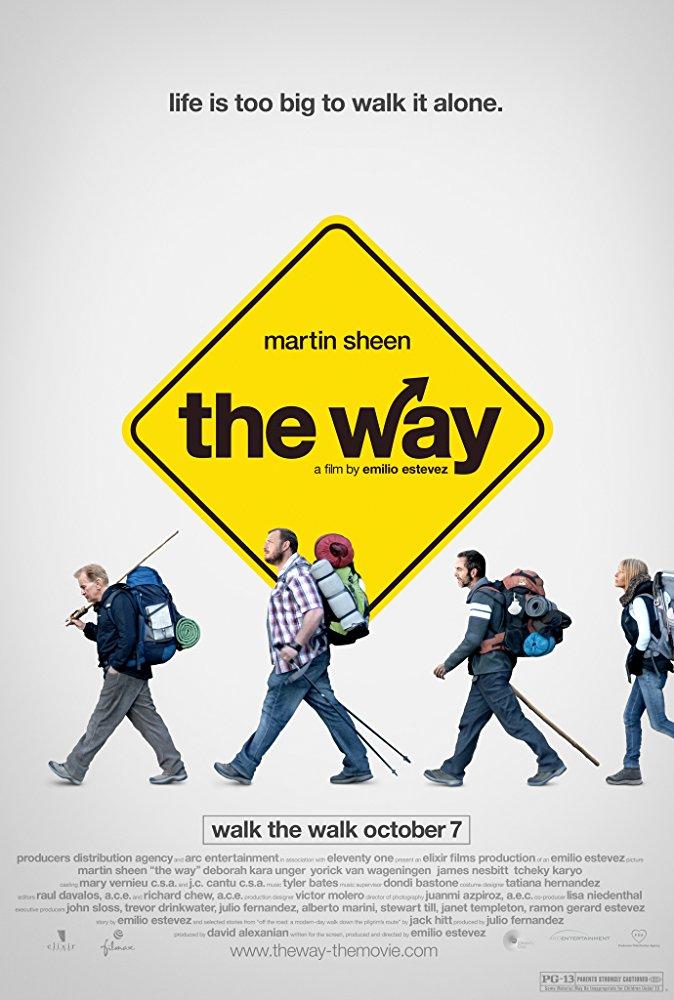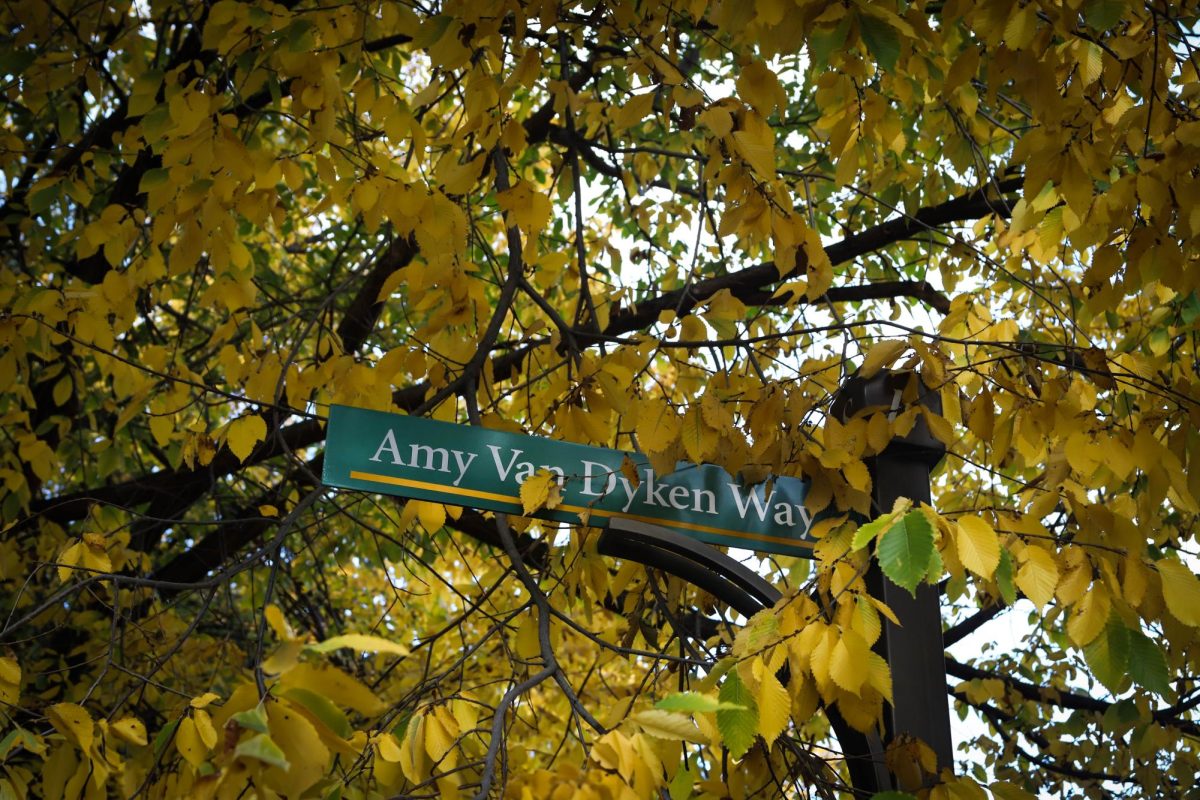Thirty days. Five hundred sixty-six miles. One incredible journey. In August 2017, I walked across the entire width of Spain from the French border to the Atlantic Ocean on the ancient pilgrimage route of El Camino de Santiago.
Also known as the Way of Saint James, the Camino consists of many different routes that span throughout Spain and the rest of Europe—all eventually ending at the cathedral in Santiago de Compostela where the mortal remains of the apostle Saint James are interred. For more than a thousand years, people have traveled from all over the world to this cathedral to pay homage.

The most popular of these routes is the French Way, or the Camino Frances, which traditionally begins in the small French town of St. Jean Pied de Port and crosses the Pyrenees Mountains before traversing across seven Spanish provinces. Travelling across the entire country means pilgrims encounter a variety of landscapes including gorgeous mountains, grassy desert and lush green forests. The route passes through tiny rural villages as well as big cities like Pamplona, Burgos and León. Many pilgrims also choose to continue their pilgrimage for another 100 km to the coastal town of Finisterre, which was once believed to be the end of the known world.
Although its origins are based in religion, modern-day pilgrims make the journey for a variety of reasons including spiritual, personal, health, challenge or simply just to travel. The Camino has also been recognized as a UNESCO World Heritage site.
All pilgrims or peregrinos carry a pilgrim’s passport which is a small booklet where they collect stamps in hostels, churches and even bars along the path. The passport not only allows pilgrims to stay in special hostels designated for those who are walking the Camino, but it also serves as proof of the total distance completed.
Upon arrival to Santiago, pilgrims can attend a special pilgrim’s mass in the cathedral where the priests swing a huge censer filled with burning incense in a traditional ceremony. Those who have walked at least the last 100 km or completed the last 200 km by bicycle or on horseback can receive a compostela, the original Latin certificate which has been issued to pilgrims by the Church since the 13th century.
When I first learned about the Camino in my high school Spanish class, I knew immediately that it was something I had to do.
When I first learned about the Camino in my high school Spanish class, I knew immediately that it was something I had to do. After more than four years of researching, planning and picking up extra shifts to pay for the trip, I was finally able to turn that dream into a reality.
Although the first few days were difficult, as my body adjusted to the physical challenge, I soon settled into the simple daily routine of a pilgrim. I woke up every day around 5:30 a.m. and began walking by 6:00 a.m. before the sun came up. Summer in Spain can be brutally hot, so pilgrims try to cover as much distance as possible before the hottest hours of the day. After a few hours of walking, I usually stopped in one of the countless local cafés for a quick breakfast of a croissant and a café con leche. Sometimes I stopped again for lunch, and other times I carried a sandwich and fruit in my backpack to eat on the trail. I walked an average of 15 to 18 miles per day, completing almost 25 miles on my longest day.
I stopped every day around 2 p.m. and checked into a pilgrim’s hostel—also known as an albergue—where I showered, hand-washed my clothes in the sink and ate before resting or exploring the town. I always went to bed early, partly from exhaustion and partly so I could get up early the next morning and do it all over again.

Although it may not be as extreme as other through hikes such as the Appalachian Trail or the Pacific Crest Trail, the Camino comes with many of its own unique challenges. Pilgrims often struggle with blisters, foot pain, sore muscles and other ailments associated with walking long distances. In addition to being physically demanding, the Camino can be a mental challenge as well. It takes a certain resolve to get up before sunrise every day to walk 15 miles. For me, the most difficult section of the route was the Meseta, a long, flat stretch of dry grass as far as the eye can see that offered little to no shade or water. Depending on what season they choose to walk, pilgrims may face extreme heat, rain, mud and even snow.
Compared to the other backcountry trails, the Camino de Santiago does have a lot of infrastructure in place including hostels, restaurants, shops and hospitals. This eliminates the need to carry things like tents, stoves or food. In order to minimize the burden of a heavy pack, pilgrims walk carrying only the bare necessities. The general recommendation is to carry no more than 10 percent of your body weight, including water.
I tried to stick to this weight limit as much as I could and traveled with only two outfits (which I alternated wearing and washing by hand each night), a few toiletries and some luxuries like my journal and GoPro. This humble existence allowed me to escape the stress of my fast-paced, material lifestyle. When you can go for a month with only two pairs of underwear, you realize how few possessions you really need.

Although it is possible to use cell phones in Spain with an international SIM card or phone plan, I decided to unplug as much as I could, only using Wi-Fi when it was available to check in at home. Many people—especially my mom—were worried about my safety traveling as a solo female backpacker. I never felt unsafe, however, as there were always other pilgrims walking the same trail, and the path was easy to follow with the iconic yellow scallop shell symbol and yellow arrows marking the way.
Another great aspect of the Camino is its affordability. There are few other places in Europe where one can travel for over a month and spend less than $30 per day. Depending on whether they were municipal, private or run by the church, pilgrim’s hostels ranged in cost from $6 to $16 per night. The rest of my daily budget was spent on food and the occasional first aid item. The biggest expense of the entire trip was the airfare to get to Spain.
One of the best parts of my Camino was the other pilgrims I encountered along the way, always greeting one another with the traditional pilgrim phrase: ¡Buen Camino! I met people of all nationalities, ages and physical abilities with whom I shared countless meaningful conversations, glasses of vino, and Ibuprofen. I often encountered the same people over and over again who were walking roughly the same stages as me each day. People who started out as strangers quickly became close friends after several miles of walking and talking. Whether we walked together for a few weeks, a few days, or only a few hours, each person I met made an impact on my experience.
Although I chose to walk the Camino on my own, students can also participate in an organized Camino trip while earning class credit through Colorado State University Education Abroad. Dr. Jonathan Carlyon is an Associate Professor of Spanish at CSU who established the Camino Abroad program three years ago.
“The idea was to show how Spain can be studied—culturally speaking—in relationship to all the things you find on the Camino de Santiago,” Carlyon said. “It’s also a very historical way to look at Spain because the history of the Camino takes you into a lot of the history of Spain.”

The summer program begins with one week of intensive classes on campus. The group then travels to Spain where they spend three weeks walking portions of the Camino Frances and visiting other historically significant sites in the region.
“The fact that we’re walking I think is significant for two reasons: the first reason is as a species for millions of years on Earth we’ve been walking,” Carlyon said. “It wasn’t until a few thousand years ago that we started using other means of transportation. I’m not a scientist, but I think walking is a really intimate part of what it means to be human.”
According to Carlyon, the second reason the Camino Abroad program is unique is the hands-on learning environment it offers students.
“So much of education now is just in the classroom,” he said. “But there’s also the great tradition of Aristotle’s Peripatetic way of teaching, and that is to walk around while you’re teaching and talking to students. You’re not just learning something abstractly, you’re out walking around where you’re able to not only learn about the culture, but see it too and I think that’s a great opportunity.”
“I’m not a scientist, but I think walking is a really intimate part of what it means to be human.” — Dr. Jonathan Carlyon
Junior biology major Johnny Johns participated in the CSU Camino Abroad program in the summer of 2016. For Johns, the summer program was the perfect length. “I wasn’t sure I wanted to do a whole semester abroad,” Johns said. “So hearing about a trip that was only three weeks but I would still get to go to Spain and receive credit, it sounded really cool. I’m an outdoorsy person, I get to work on my Spanish and I get to see a bunch of northern Spain; it can’t get better than this.”
Johns also enjoyed the walking aspect of the trip. “It was really interesting to have a traveling program rather than staying in one city the majority of the time I was abroad,” Johns said. “Your feet will hurt and you will get blisters, but it’s entirely worth it.”
Walking the Camino often creates a strong sense of personal achievement. “The students walked 18 miles one day and by the end of the day they were saying, ‘I can do anything now,’” Carlyon said. “You don’t have to walk 18 miles to get that feeling, you could get that feeling after walking only five miles. The point is you’re pushing yourself and you’re realizing that you’re able to do a lot more than you thought you could.”
For Carlyon, myself and many other pilgrims, walking the Camino is both a literal journey as well as an internal journey of self-discovery.
“What keeps me going back is that every year I do it, I learn something profound about myself that I didn’t consider before,” Carlyon said. “I guess everyone who walks the Camino has that type of experience, but it is life-changing in that you think of your life in one way, but when you slow it down to the walking pace it kind of takes on a different perspective.”
Whether you choose to walk alone or with a group, complete part of the route or the entire pilgrimage, the Camino de Santiago is an incredible experience that I would highly recommend to anyone who wants to try it.
While over 300,000 pilgrims finished the Camino in 2017, each individual journey is a unique adventure. Make it your own.
To learn more about CSU’s Camino Abroad program, visit the Education Abroad website.
Follow my journey on the Camino de Santiago with this travel video I made about my pilgrimage here.
The Camino on Screen:
Check out these three films set on the Camino de Santiago.
The Way
In this 2010 film starring Martin Sheen and Emilio Estevez, The Way follows the story of ophthalmologist Thomas Avery whose life revolves around work and playing golf. When Avery’s son, Daniel, dies unexpectedly in an accident on the Camino, Thomas decides to walk the 500-mile pilgrimage in his place. Throughout his journey, Avery spreads his son’s ashes all along the way as he comes to terms with his son’s death and gains a new perspective on his own life. The Way played a large role in popularizing the Camino de Santiago among American tourists.
I’ll Push You
Along with the book of the same title, I’ll Push You is a documentary about life-long friends Justin Skeesuck and Patrick Gray and their 2014 pilgrimage that proved anyone can do the Camino. After Skeesuck is diagnosed with a rare neurological disease which confines him to a wheelchair, the two friends agree to complete the 500-mile journey together with Gray pushing Skeesuck the entire way. Released in 2017, this award-winning film is about overcoming obstacles, community and friendship.
Footprints: The Path of Your Life
Also filmed in a documentary style, Footprints follows ten young men lead by a Catholic Priest as they walk the less-popular Camino del Norte along Spain’s northern coast. With more of a religious focus, the 2016 film chronicles the personal challenges and triumphs experienced by these men and their quest to follow the right path both on the Camino and in life.








































